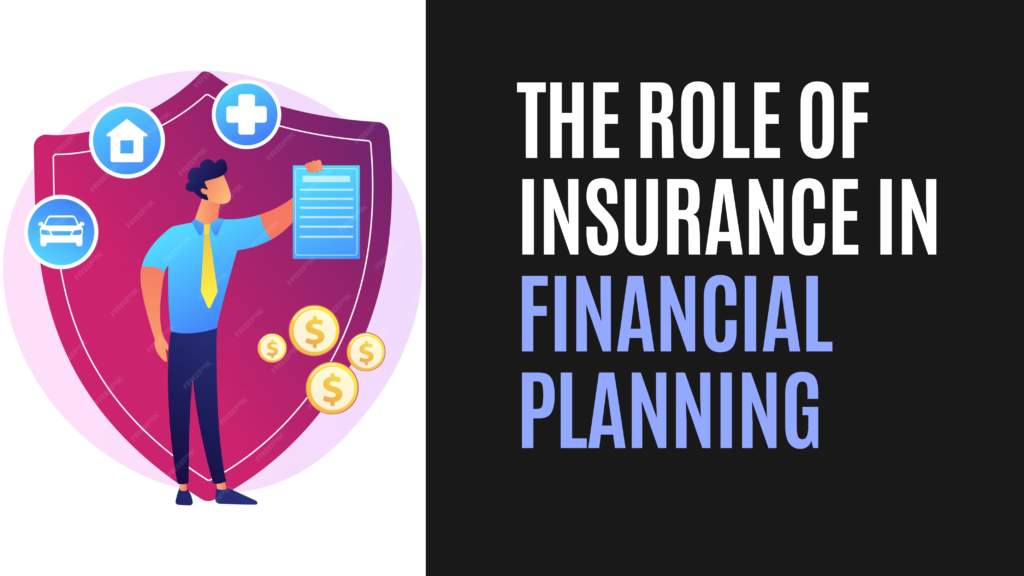Not known Details About Pacific Prime
Not known Details About Pacific Prime
Blog Article
9 Simple Techniques For Pacific Prime
Table of ContentsThings about Pacific PrimePacific Prime Can Be Fun For AnyoneSome Known Questions About Pacific Prime.Pacific Prime Can Be Fun For EveryoneTop Guidelines Of Pacific Prime

This is due to the fact that the information were collected for a period of strong economic performance. Of the approximated 42 million people who were uninsured, almost about 420,000 (concerning 1 percent) were under 65 years old, the age at which most Americans come to be qualified for Medicare; 32 million were grownups between ages 18 and 65, about 19 percent of all adults in this age group; and 10 million were children under 18 years old, regarding 13.9 percent of all kids (Mills, 2000).
These estimates of the number of individuals without insurance are generated from the yearly March Supplement to the Current Populace Study (CPS), carried out by the Census Bureau. Unless or else kept in mind, national price quotes of people without wellness insurance coverage and percentages of the population with various type of coverage are based upon the CPS, one of the most widely utilized source of price quotes of insurance coverage and uninsurance rates.
What Does Pacific Prime Mean?

Still, the CPS is especially helpful since it produces annual quotes reasonably swiftly, reporting the previous year's insurance policy coverage estimates each September, and since it is the basis for a consistent set of price quotes for greater than 20 years, enabling for evaluation of trends in protection over time. For these reasons, as well as the extensive use the CPS in various other studies of insurance coverage that are offered in this record, we rely upon CPS quotes, with constraints kept in mind.

The quote of the number of without insurance individuals expands when a populace's insurance policy status is tracked for numerous years. Over a three-year duration beginning early in 1993, 72 million individuals, 29 percent of the U.S. official website https://moz.com/community/q/user/pacificpr1me. populace, lacked insurance coverage for at the very least one month. Within a solitary year (1994 ), 53 million people experienced a minimum of a month without protection (Bennefield, 1998a)
Six out of every 10 without insurance grownups are themselves used. Although functioning does improve the possibility that and one's family participants will certainly have insurance, it is not a warranty. Also members of households with 2 permanent breadwinner have nearly a one-in-ten chance of being uninsured (9.1 percent without insurance price) (Hoffman and Pohl, 2000).
Some Of Pacific Prime
New immigrants make up a significant proportion of people without medical insurance. One evaluation has actually associated a substantial section of the recent growth in the dimension of the united state without insurance population to immigrants who arrived in the nation in between 1994 and 1998 (Camarota and Edwards, 2000). Current immigrants (those who involved the USA within the previous 4 years) do have a high rate of being uninsured (46 percent), yet they and their kids account for simply 6 percent of those without insurance country wide (Holahan et al., 2001).
The partnership between medical insurance and access to care is well established, as documented later in this chapter. The relationship between health insurance coverage and health and wellness results is neither straight neither straightforward, a considerable clinical and health services study literary works web links wellness insurance policy protection to enhanced access to care, better quality, and improved individual and populace health status.
Levels of evaluation for examining the effects of uninsurance. This discussion of medical insurance coverage focuses primarily on the U.S. populace under age 65 because practically all Americans 65 and older have Medicare or various other public protection. It focuses specifically on those without any kind of health and wellness insurance for any kind of size of time.
The smart Trick of Pacific Prime That Nobody is Talking About
The troubles encountered by the underinsured are in some aspects similar to those faced by the uninsured, although they are generally much less serious. Health insurance, nonetheless, is neither needed nor sufficient to gain accessibility to medical services. The independent and straight effect of health insurance policy protection on access to health solutions is well developed.
Others will obtain the healthcare they require even without wellness insurance policy, by spending for it expense or seeking it from service providers that supply treatment totally free or at extremely subsidized rates. For still others, medical insurance alone does not guarantee receipt of care due to the fact that of various other nonfinancial barriers, such as a lack of healthcare carriers in their neighborhood, limited accessibility to transport, illiteracy, or linguistic and social differences.
Pacific Prime - An Overview
Official study concerning uninsured populations in the USA dates to the late 1920s and early 1930s when the Board on the Price of Medical Treatment produced a series of reports regarding funding physician office brows through and hospitalizations. This problem came to be significant as the varieties of clinically indigent climbed during the Great Anxiety.
Report this page